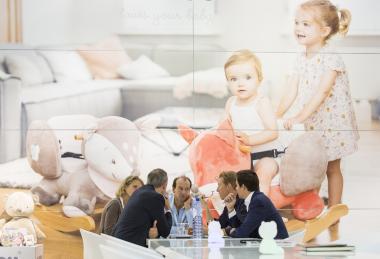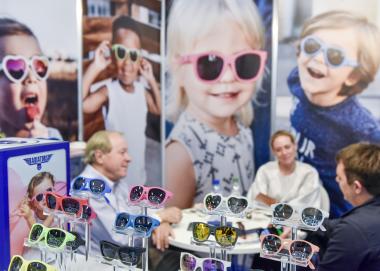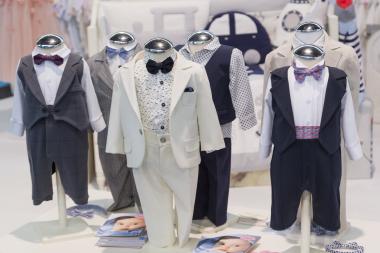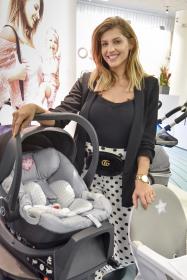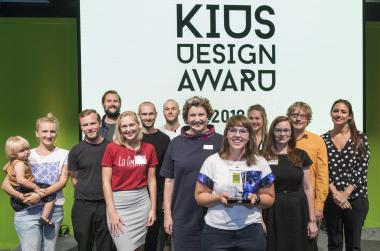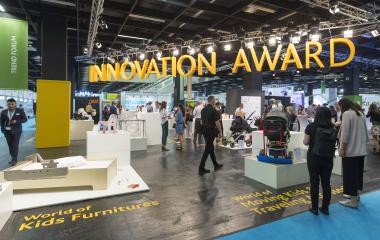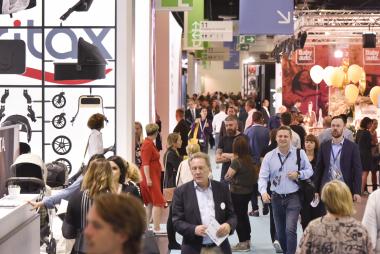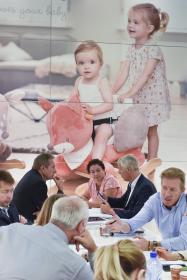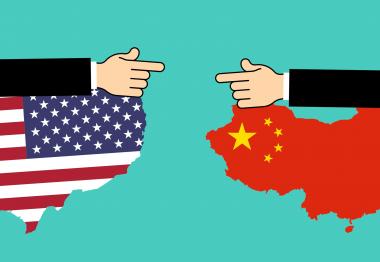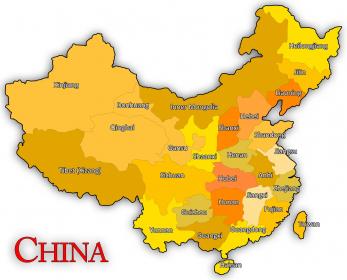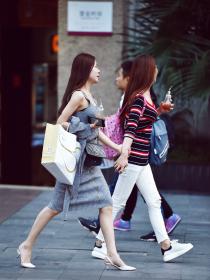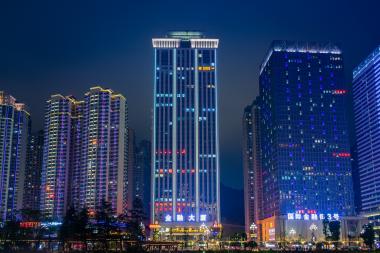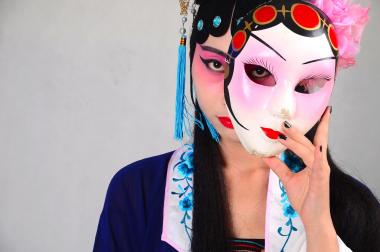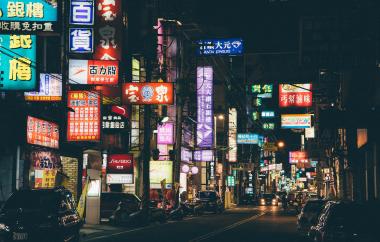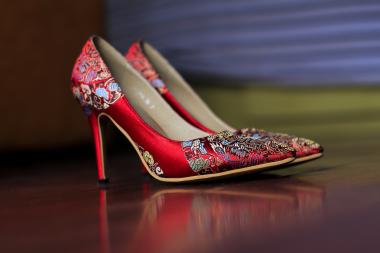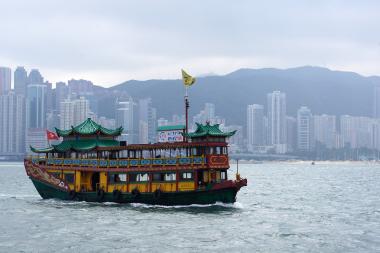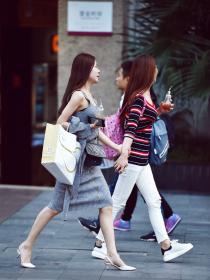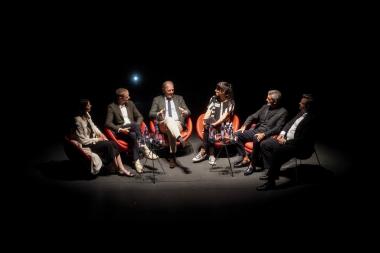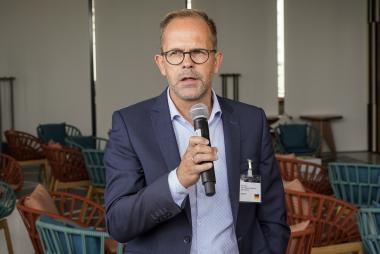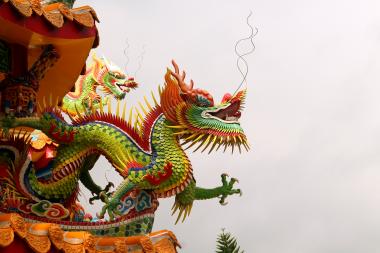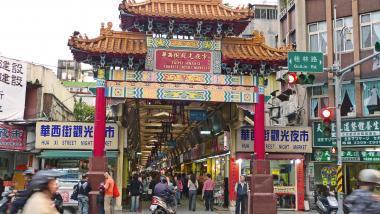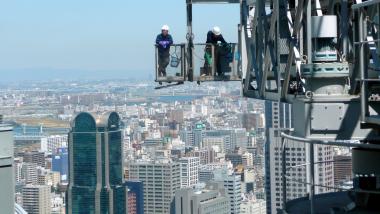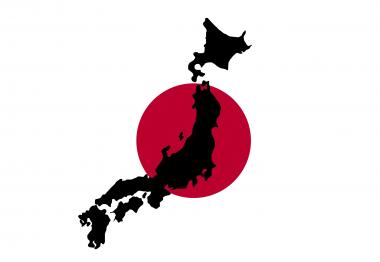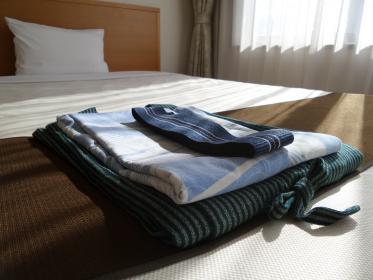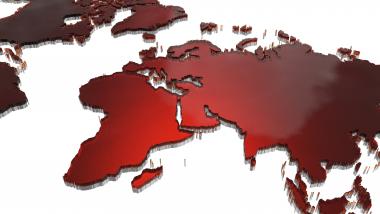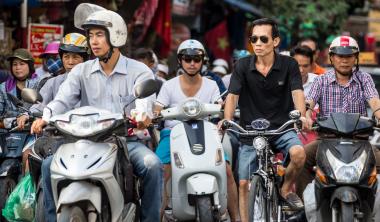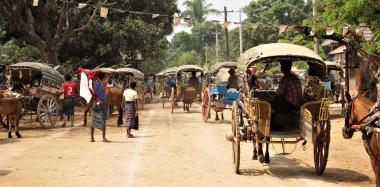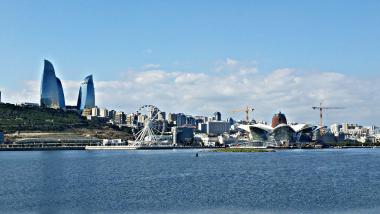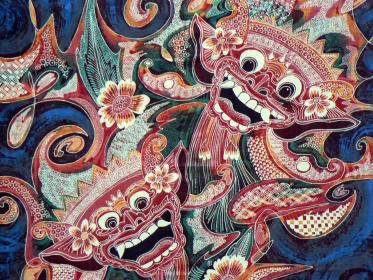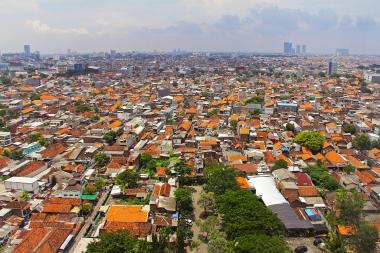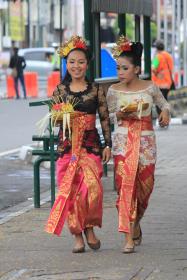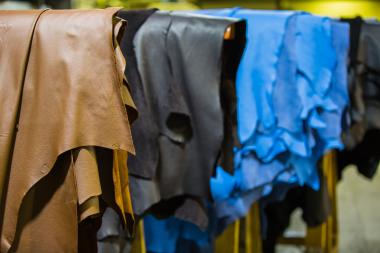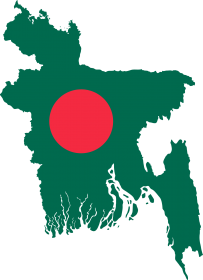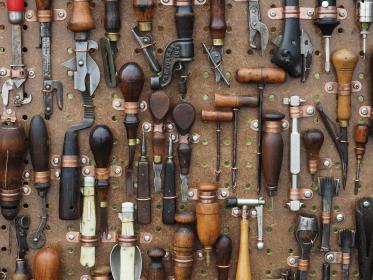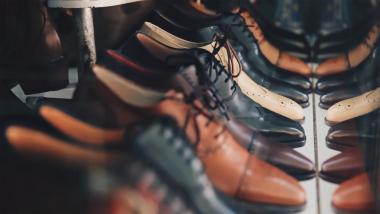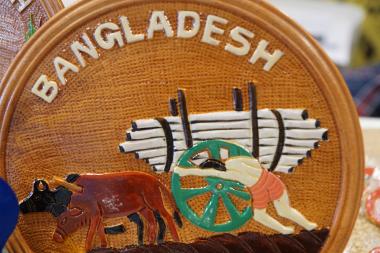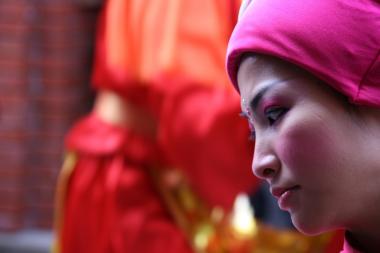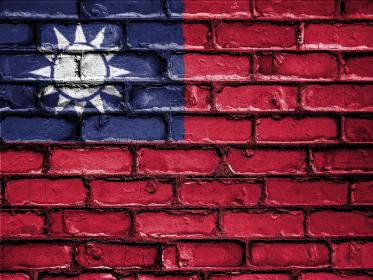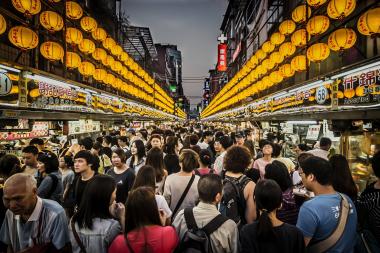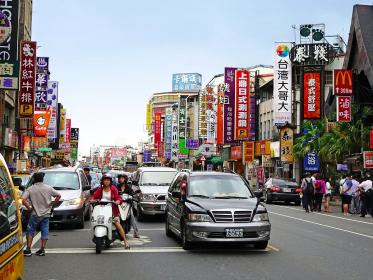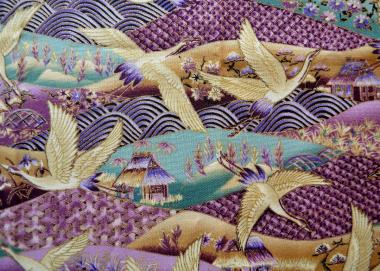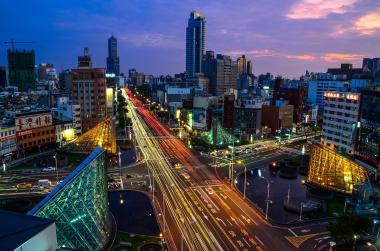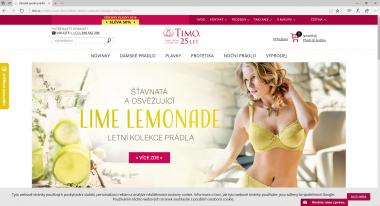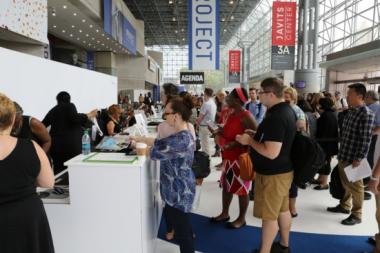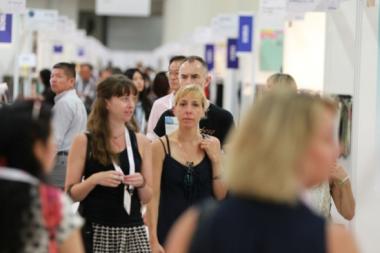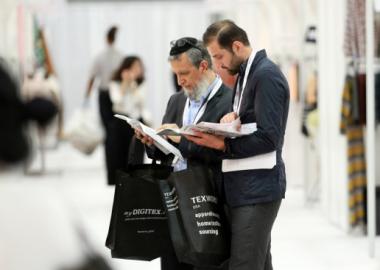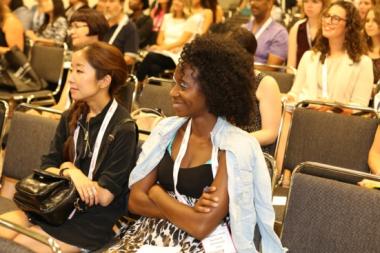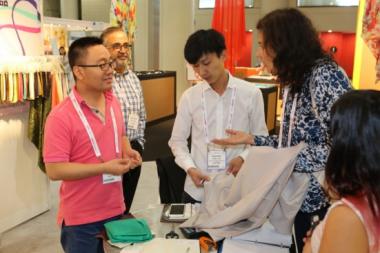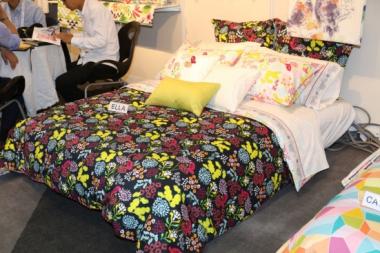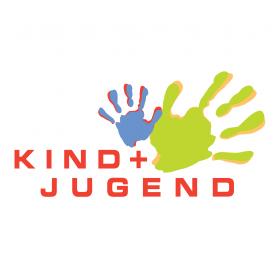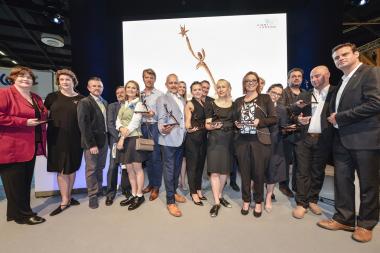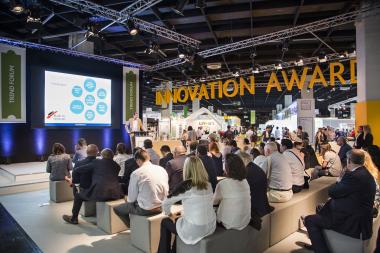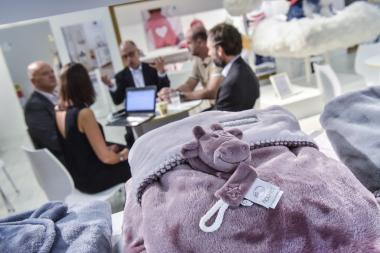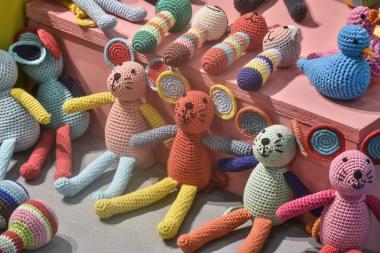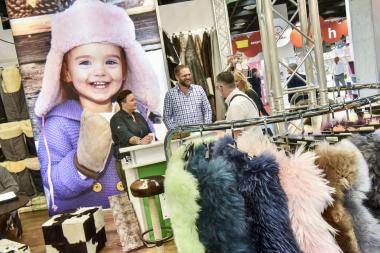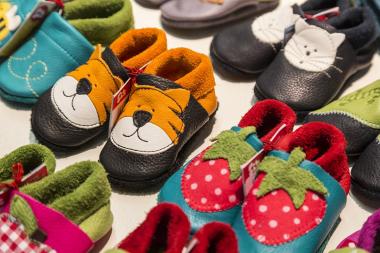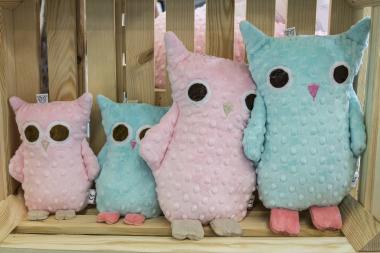KIND + JUGEND 2019: ONCE AGAIN AROUND 1,200 PROVIDERS FROM MORE THAN 50 COUNTRIES
- For the first time with a Start-up Area
- More than 200 applications for the Innovation Award
- New concept for The Connected Kidsroom
- Kids Design Award
- Design Parc
- Trend Forum with concentrated lectures
Kind + Jugend in Cologne: it is not only the most important and most international business and communication platform of the baby and toddler outfitting industry. It is surely also the world's most inspiring and cheerful event for this theme. For the coming trade fair from 19 to 22 September 2019, around 1,200 providers from more than 50 countries will present an almost complete overview of the latest trends and products for the first baby and toddler years.
As usual, top, smaller and medium-sized companies will explore the extensive bandwidth of the theme worlds. These include the baby carriage, children's car seat, children's furniture, textile and care outfitting, hygiene item, safety and networked electronics, as well as educational toys and toys sections. The trademarks of the exhibitors and thus also of the trade fair are the high quality requirements for the products and concepts shown, as well as the wealth of innovations presented.
The theme of sustainability is also proving to be a growing trend. Kind + Jugend is also offering the manufacturers of textiles a special listing service for the first time this year. The event programme at Kind + Jugend, with award ceremonies, special events and impulse lectures on the most important themes also plays a central role for the representation and mediating of trends.
Among the key players exhibiting at Kind + Jugend 2019 are ABC Design, Angelcare, Artsana/Chicco, Babybjörn, Babymoov, bibi/Lamprecht, Bébécar, Brevi, Britax Römer, Cam il mondo, Cybex, Delta Children, Diono, Dorel, Doudou et Compagnie, Ergobaby, Easywalker, Foppapedretti, Geuther, Haba, Hartan, Hauck, HTS Besafe, iCandy, Infantino, Jané/Concord, Joie/Nuna, Joolz, Julius Zöllner, Kaloo/Juratoys, Lässig, Leander, Mayborn/tommee-tippee, Melissa&Doug, Micuna, Munchkin, Mutsy, Nattou, Newell, Nuby, Odenwälder, Paidi, Peg Perego, Pinolino, reer, Roba Baumann, rotho, Schardt, Sauthon, Sterntaler, Thule, Tobi, Uppababy and Vulli.. New exhibitors or returnees in 2019 once again include Bugaboo, Mattel and Silver Cross. Among the new companies at Kind + Jugend 2019 are APOLO Baby from Japan, Felice from Italy or Warmbebe from France.
The share of foreign exhibitors is once again impressive. Around 85 percent of exhibitors come from abroad, with strong participation of German manufacturers on the whole. Especially well-represented are exhibitors from the United Kingdom, the Netherlands, the USA, France, Spain and Poland. Belgium and Denmark are also in place with large-scale participation. Asian providers also have their fixed place at the trade fair, China, Hong Kong, Taiwan and Korea especially worthy of mention. In addition to this, around 20 companies from Australia exhibit regularly.
The foreign share of visitors is also very high at 75% and spans the globe. In 2018, the trade visitors came to Kind + Jugend in Cologne from 125 countries. Besides Germany, the European nations also take the lead here. Asian, Eastern European and North American buyers were also strongly represented at the trade fair. Visitors come from all segments of the trade: from the specialised and wholesale trade to department stores and chemist's shops, as well as the various online commerce channels.
Kind + Jugend once again covers all levels of halls 10 and 11, as well as hall 4.1, and thus spans a gross exhibition surface of 110,000 m². The clear hall structure with two entrances makes it easier for visitors to orient themselves and clusters the trade fair offerings in clearly defined theme areas. Vistors can prepare for the trade fair especially well with the help of the exhibitor database. On the grounds, the practical trade fair app assists in the search for exhibitors, products and brands. Familiar and new special events, as well as the much appreciated award ceremonies and the trend forum with expert lectures bring out the main points of the trade fair happenings.
For the first time: Start-up Area at Kind + Jugend
For the first time, Kind + Jugend is offering young, international companies the opportunity to present themselves in the context of a Start-up Area at favourable conditions. Sixteen providers from six countries will take advantage of the opportunity to exhibit at the world's leading trade fair for the baby and toddler outfitting industry at favourable conditions. The 16 start-ups come from Australia, Germany, France, Italy, Japan and the Netherlands. Their products suit the theme worlds of Kind + Jugend extremely well and extend from a sustainable diaper system through digital measuring devices for child care to exclusive accessories for mothers and children, as well as children's furniture for learning and playing. (Hall 11.1, B50 – C59)
Sustainability and environmental awareness are the trend. Joint action together with BTE for the first time.
Together with the German Textile Trade Association (BTE), which is also a member of the Partnership for Sustainable Textiles, we will separately list those exhibitors who can attest to the sustainable production of their exhibited textiles by means of recognised seals of approval and/or other certificates. The recognised seals include, for example, GOTS, Oekotex, bluesign or Made in Green. The BTE assumes responsibility for the formal examination of the submissions. The list of manufacturers showing sustainable textiles at the trade fair will be available at the Kind + Jugend website, so that trade fair visitors can plan their tour with a focus on this area of interest.
The Connected Kidsroom
Since 2017, the The Connected Kidsroom special event has drawn attention to digital and smart products or concepts for the outfitting of nurseries and children's rooms. The theme will also receive special attention this year with a new concept. Attractively integrated into a complete children's room with furniture, doors and windows, the special event shows the various products that control technical functions, measure values like the temperature or pulse of the child, regulate climatic room conditions, register movement and much more. All products are already available in retail outlets. In order to be able to represent the functions even more informatively for trade fair visitors, an expert will be on location to demonstrate the applications, provide explanations and answer questions. (Hall 11.2, E21)
Innovation Award
More than 200 applications for the Kind + Jugend Innovation Award have been submitted this year for evaluation by a jury of trade journalists and health experts, a new record. Following intensive consultation, the jury nominates a selection of products for a special event that is regularly one of the crowd pullers at Kind + Jugend. The Innovation Awards are then presented to the eight winners in eight categories on the first day of the trade fair. The award is the most important recognition of innovations in the baby and toddler sector, and is also highly respected outside of the industry.
Kids Design Award
The Kids Design Award promotes products and concepts that distinguish themselves through special design, but are not yet commercially available. The ten best designs of the competition, which Kind + Jugend tenders in advance of the trade fair with a particular view to young designers, are shown in an attractive special area. The winner of the Kids Design Award will also be honoured on the first day of the trade fair (Hall 11.1, D40/E49)
Design Parc
Design has a high standing at Kind + Jugend. International design products that are ready for the market therefore appear in the special event of the Design Parc, which shows select products and furniture – from children's beds to play kitchens and dishes suitable for children. (Hall 11.1, C40 - D59)
Trendforum
The stage of the Trend Forum can once again be found in hall 11.1 this year. Not only are the Innovation Award and the Kids Design Award presented on the first day. All those interested can look forward to a high quality expert lecture program on the first three days of the trade fair. The trend researchers from GfK, Trendbible and The Insights People will once again present market data, as well as trends and tendencies from a global perspective. The German association of children's outfitting manufacturers (BDKH) is also participating once again, this time with a focus on the theme of the children's car seat. (Hall 11.1, E50/F59).


